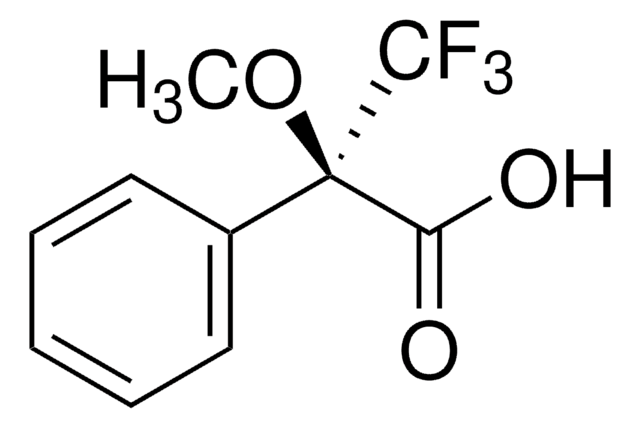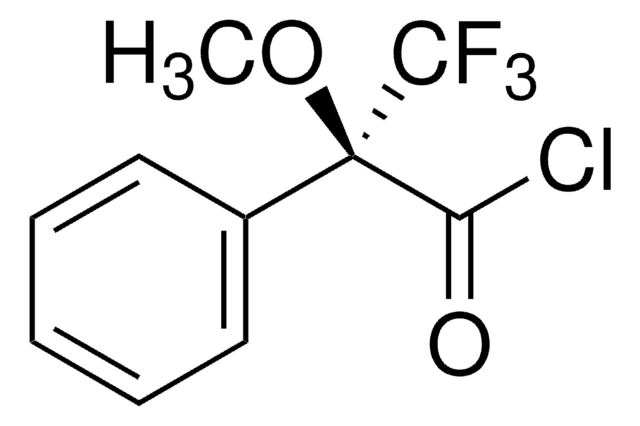327492
Platinum
wire, diam. 1.0 mm, 99.9% trace metals basis
Sign Into View Organizational & Contract Pricing
All Photos(1)
About This Item
Empirical Formula (Hill Notation):
Pt
CAS Number:
Molecular Weight:
195.08
EC Number:
MDL number:
UNSPSC Code:
12141734
PubChem Substance ID:
NACRES:
NA.23
Recommended Products
Assay
99.9% trace metals basis
form
wire
resistivity
10.6 μΩ-cm, 20°C
diam.
1.0 mm
bp
3827 °C (lit.)
mp
1772 °C (lit.)
density
21.45 g/cm3 (lit.)
SMILES string
[Pt]
InChI
1S/Pt
InChI key
BASFCYQUMIYNBI-UHFFFAOYSA-N
Related Categories
General description
This platinum wire is a thin cylindrical rod of platinum with a diameter of 1 mm. Platinum is a dense, silver-white metal that is highly resistant to corrosion and has a high melting point. Platinum is a precious metal that is valued for its rarity, chemical stability, and catalytic properties. Platinum wire is often used as electrodes in fuel cells, batteries, and other electrochemical devices, in catalytic converters in the automotive industry, in medical implants, and in heating elements and thermocouples.
Application
Platinum wire may be used as an electrode during various electrochemical studies. It may also be used during the solid state deposition colorless transparent crystals of a new noncentrosymmetric hexaborate, KBOC, on it surface. Platinum wire, as a catalyst may be useful in accelerating the generation of hydrogen from Ni-rich magnesium alloy in NaCl solution.
Quantity
520 mg = 30 mm; 2.6 g = 150 mm
Storage Class Code
13 - Non Combustible Solids
WGK
nwg
Flash Point(F)
Not applicable
Flash Point(C)
Not applicable
Certificates of Analysis (COA)
Search for Certificates of Analysis (COA) by entering the products Lot/Batch Number. Lot and Batch Numbers can be found on a product’s label following the words ‘Lot’ or ‘Batch’.
Already Own This Product?
Find documentation for the products that you have recently purchased in the Document Library.
Customers Also Viewed
K3B6O10Cl: a new structure analogous to perovskite with a large second harmonic generation response and deep UV absorption edge
Wu H, et al.
Journal of the American Chemical Society, 133(20), 7786-7790 (2011)
Wire-like charge transport at near constant bridge energy through fluorene oligomers.
Goldsmith RH, et al.
Proceedings of the National Academy of Sciences of the USA, 102(10), 3540-3545 (2005)
K3B6O10Cl: a new structure analogous to perovskite with a large second harmonic generation response and deep UV absorption edge.
Wu H, et al.
Journal of the American Chemical Society, 133(20), 7786-7790 (2011)
Evaluation of a new hydrogen generating system: Ni-rich magnesium alloy catalyzed by platinum wire in sodium chloride solution.
Cho CY, et al.
Materials Transactions, 46(12), 2704-2708 (2005)
Yao-Hsuan Tseng et al.
Biochimica et biophysica acta, 1830(6), 3787-3795 (2013-04-02)
Traditional antibacterial photocatalysts are primarily induced by ultraviolet light to elicit antibacterial reactive oxygen species. New generation visible-light responsive photocatalysts were discovered, offering greater opportunity to use photocatalysts as disinfectants in our living environment. Recently, we found that visible-light responsive
Our team of scientists has experience in all areas of research including Life Science, Material Science, Chemical Synthesis, Chromatography, Analytical and many others.
Contact Technical Service






